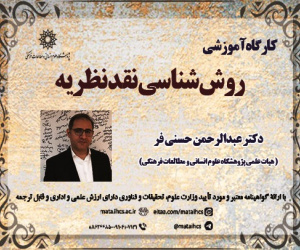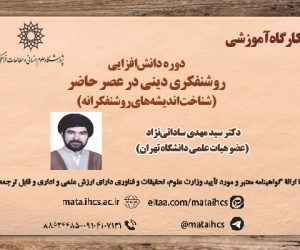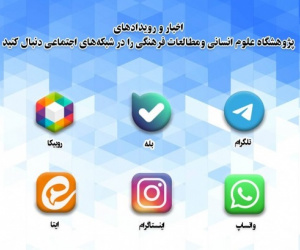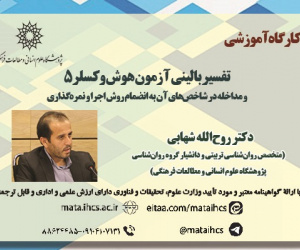واکاوی گشتار جانشینی در سوره مبارکه بقره بر پایه نظریه نحو زایشی چامسکی (مقاله علمی وزارت علوم)
درجه علمی: نشریه علمی (وزارت علوم)
آرشیو
چکیده
نظریه گشتاری چامسکی، نظریه ای نحوبنیان است که در آن، فرایند گشتار به شکل های حذف، افزایش، جانشینی و جابه جایی صورت می پذیرد و ژرف ساخت جمله را به روساخت آن بدل می کند. این فرایند می کوشد از طریق توصیف دستوری، معنای دقیق اندیشه هایی را دریابد که در ورای کلمات و جملات قرار دارند. لذا پژوهش حاضر، با شیوه تحلیل محتوا، صرفاً عنصر جایگزینی، آن هم از نوع مصدری را در سوره مبارکه بقره، مورد بررسی قرار داده است. هدف از این پژوهش، تسهیل در فهم لغوی و معنایی آیات از طریق ژرف ساخت و روساخت و بیان کارکرد ادبی و هنری واژه های جایگزین است. پس از مقایسه ژرف ساخت با روساخت آیات، نتیجه به دست آمده نشان می دهد که در فرم روساختی، به دلیل استفاده از مصدر به جای وصف مشتق، جمله ها بار معنایی مبالغه آمیز و مؤکّد به خود گرفته و مختصرتر شده اند که این امر، همسو با اصل اقتصاد زبانی است. این تکنیک، از شیوه های گفتاری مبالغه آمیز پربسامد قرآن است که به دلیل خروج از عادت زبانی، باعث برجستگی مشهود در کلام می شود. هدف از آن، علاوه بر تأثیرگذاری در مخاطب، آفرینش جمله هایی با معنای احتمالی است که این امر از جنبه دلالی باعث توسعه معنایی و از جنبه لغوی باعث ایجاز در کلام می گردد. تنوع بخشی به ساختار سخن و جلوگیری از یک نواختی، از دیگر اغراض جانشینی مصدر است. گفتنی است که تحلیل آیات شریفه وکشف ژرف ساخت و بیان زیبایی شناسی ها و اغراض ثانویه ای که مقاله حاضر بر اساس نظریه گشتاری چامسکی به آن دست یافت، یک احتمال است و نمی توان آن را به خداوند متعال نسبت داد.An Analysis of the transformation of replacement in Surah Al-Baqarah Based on Chomsky's generative-transformational theory
Chomsky's theory of transformation is one of the methods of linguistic analysis in which the transformation process takes the form of deletion, addition, substitution, and displacement, and transforms the deep structure of the sentence into its surface structure. This process attempts, through grammatical description, to uncover the precise meanings of ideas that lie beyond the words and sentences. the present research, with Content analysis method, has only examined the element of replacement, which is also of the infinitive type, in Surah Al-Baqarah. The purpose of this research is to facilitate the lexical and semantic understanding of the verses through deep structure and surface structure and explaining the literary and artistic functions of the substituted words. After comparing the deep structure with the surface structure of the verses, the result shows that in the surface structure form, due to the use of the infinitive instead of the denominatives, the sentences have taken on an exaggerated semantic load and become more concise, which is in line with the principle of linguistic brevity. This technique is one of the most frequent exaggerated speech methods in the Quran. Its purpose, in addition to having a greater impact on the audience, is to create sentences with possible meanings, which, from a semantic point of view, leads to semantic development and, from a lexical point of view, leads to brevity in speech. Diversifying the structure of speech is other purpose of infinitive substitution. It is worth noting that the analysis of the verses, the discovery of the deep structure, and the expression of aesthetics and secondary purposes that the current article has arrived at based on Chomsky's theory of transformation are probable and it is not permissible to attribute it to God.







